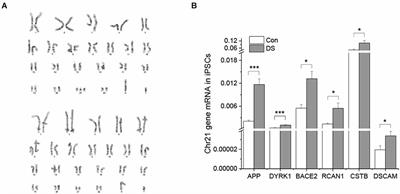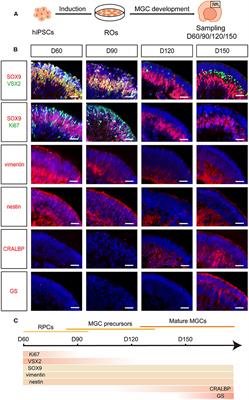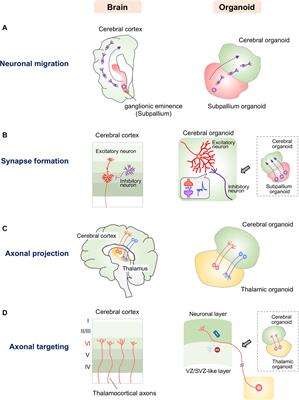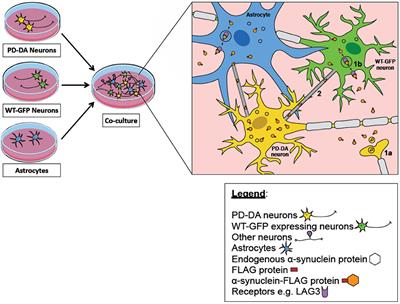EDITORIAL
Published on 13 Mar 2024
Editorial: Stem cell-derived retinal and brain organoid culture for disease modeling
doi 10.3389/fncel.2024.1367482
- 2,370 views
20k
Total downloads
86k
Total views and downloads
EDITORIAL
Published on 13 Mar 2024
METHODS
Published on 04 Apr 2023

ORIGINAL RESEARCH
Published on 08 Dec 2022

ORIGINAL RESEARCH
Published on 19 May 2022

MINI REVIEW
Published on 28 Jun 2021

MINI REVIEW
Published on 05 May 2021

ORIGINAL RESEARCH
Published on 18 Mar 2021

MINI REVIEW
Published on 03 Dec 2020

REVIEW
Published on 10 Sep 2020

REVIEW
Published on 20 Aug 2020

ORIGINAL RESEARCH
Published on 03 Jul 2020

MINI REVIEW
Published on 09 Nov 2018
